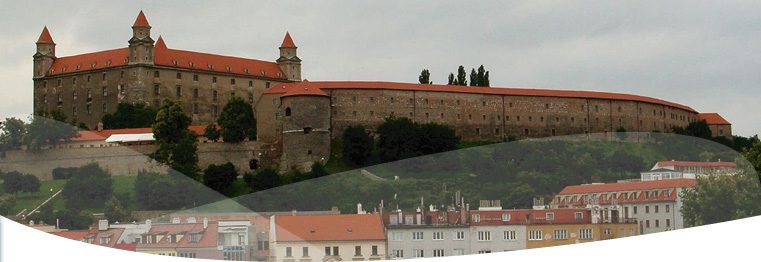|
Introduction
The Slavs arrived in the territory of present day Slovakia in the 5th and 6th centuries during the migration period. In the course of history, various parts of today's Slovakia belonged to Samo's Empire
(the first known political unit of Slavs), Principality of Nitra (as independent polity, as part of Great Moravia and as part of Hungarian Kingdom), Great Moravia, Kingdom of Hungary, the Austro-Hungarian
Empire or Habsburg Empire, and Czechoslovakia. A separate Slovak state briefly existed during World War II, during which Slovakia was a dependency of Nazi Germany between 1939–1944.
From 1945 Slovakia once again became a part of Czechoslovakia. The present-day Slovakia became an independent state on 1 January 1993 after the peaceful dissolution of Czechoslovakia.
|




